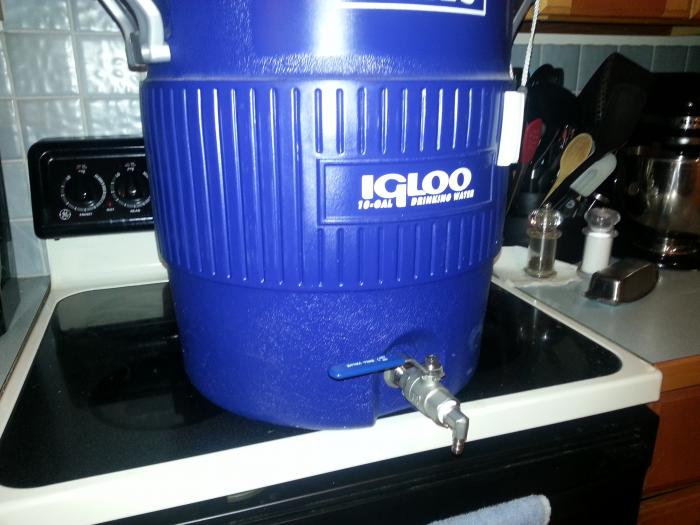Any reason you can't drain off your first runnings into a sanitized brew bucket, instead of your brew kettle? Say your only source for heating up water is your kettle, and you need it to heat up your batch sparge water while you are mashing in. You store the first runnings in the bucket, then the sparge you drain into your brew kettle, and then pour the first runnings into the kettle after. Any reason against this?
Only thing I can think of is maybe it would be too warm for the food grade bucket or something? Educate me fellas!
Only thing I can think of is maybe it would be too warm for the food grade bucket or something? Educate me fellas!





